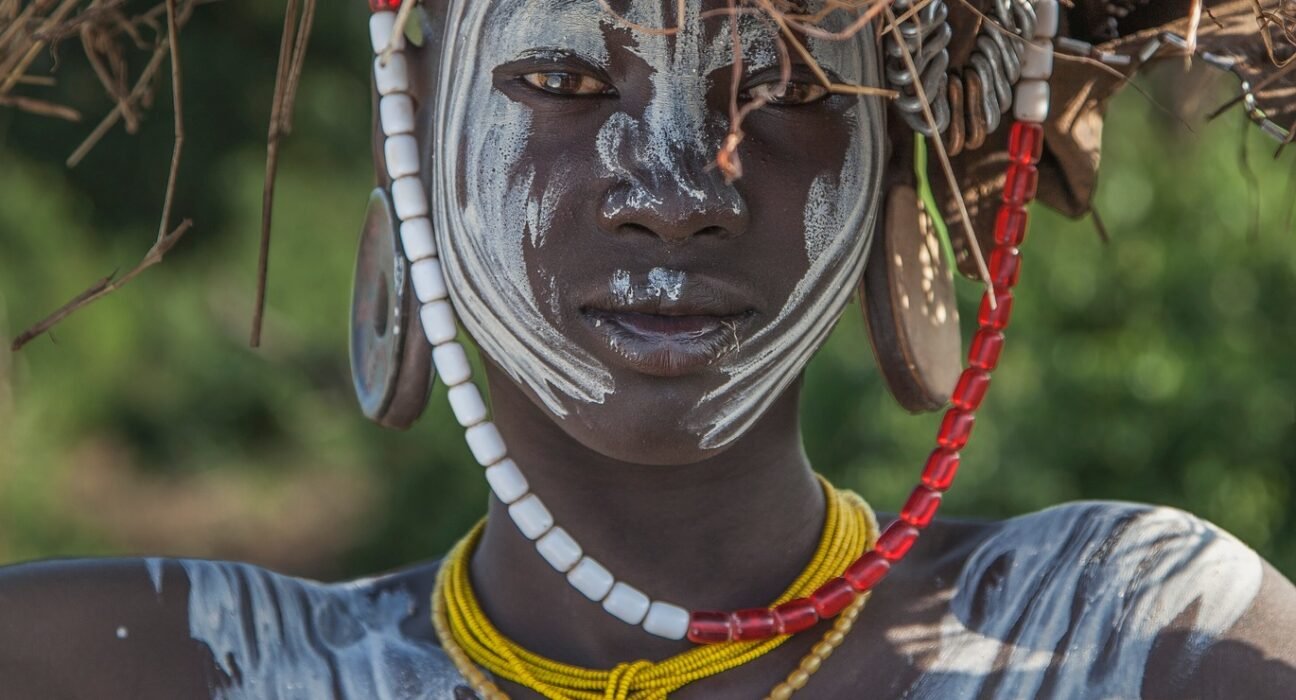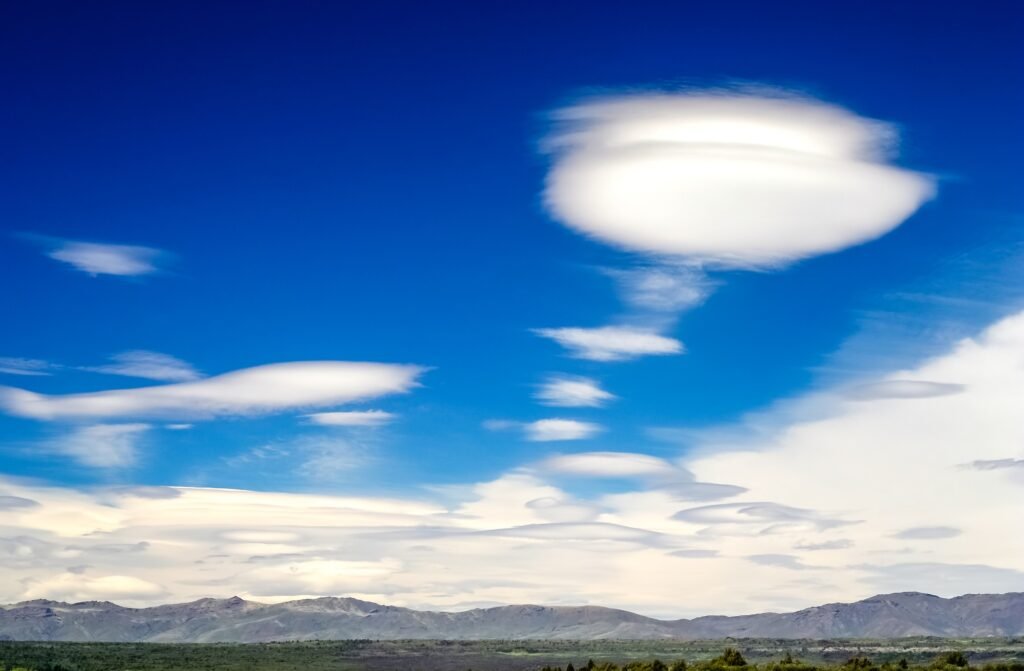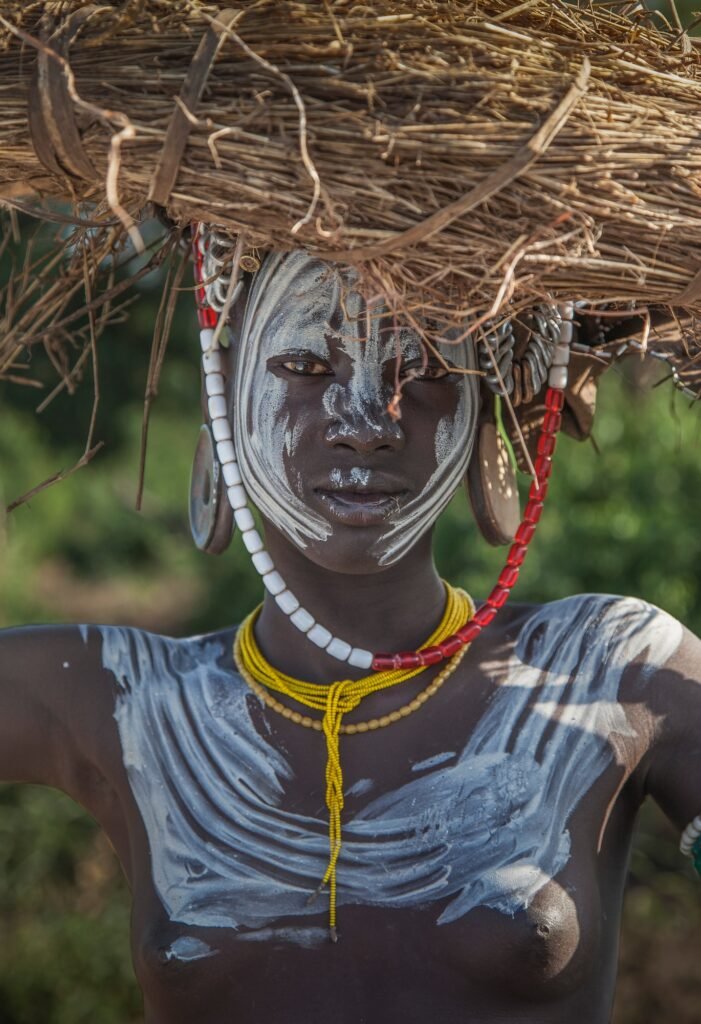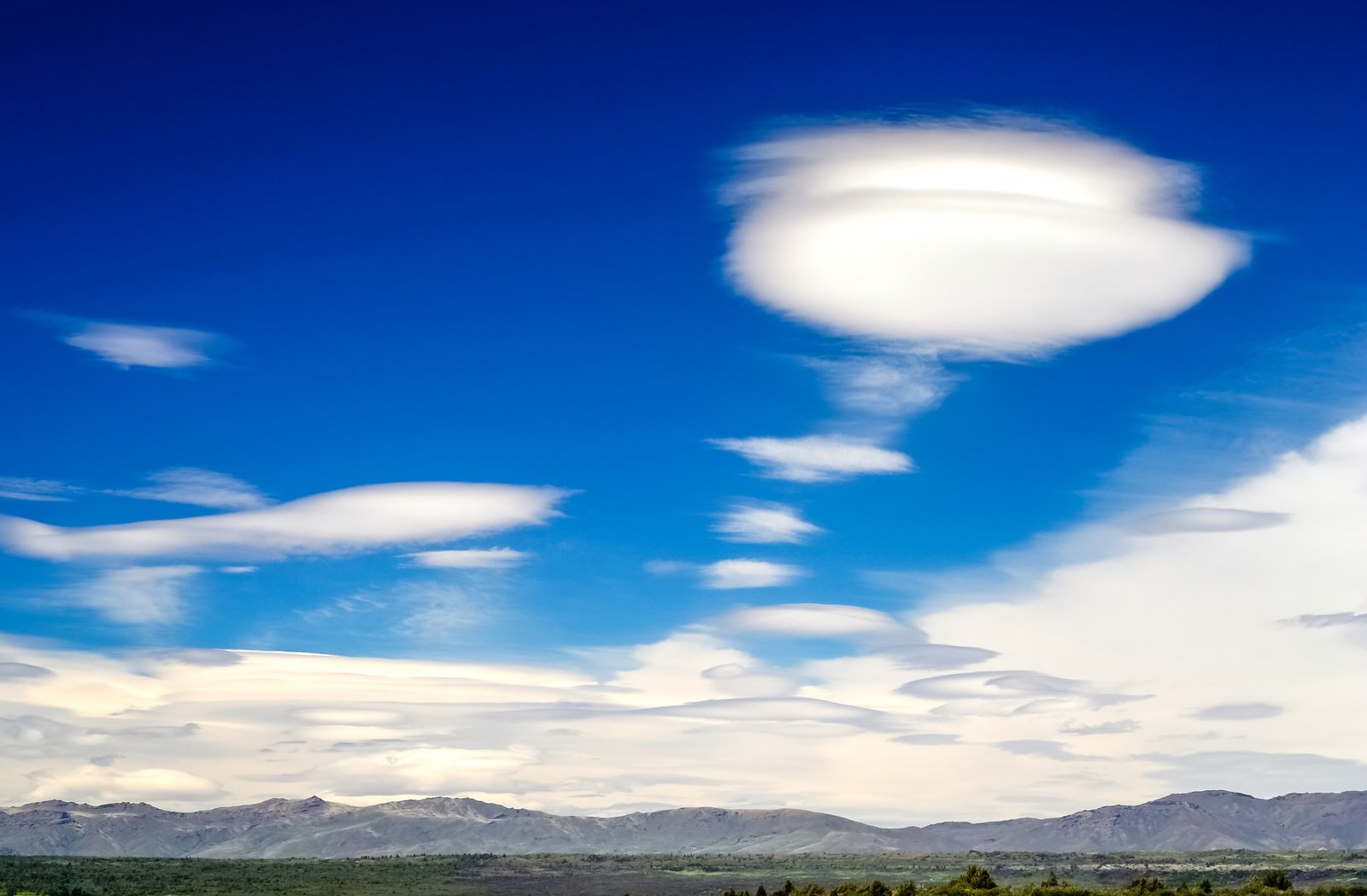Firsthand Stories of Growing Up with Mankunawabu Traditions [Interviews]

For those who grew up with mankunawabu traditions, stories take on a special glow—half-whispered memories tinged with mystery, awe, and a sense of belonging that can’t be taught from books. These accounts reveal not just rituals and beliefs, but the living pulse of a culture at risk of fading.
For those who grew up with mankunawabu traditions, stories take on a special glow—half-whispered memories tinged with mystery, awe, and a sense of belonging that can’t be taught from books. These accounts reveal not just rituals and beliefs, but the living pulse of a culture at risk of fading. Mankunawabu Traditions echo through time, reminding us of our roots.
Firsthand stories, told by the people who lived them, give us more than surface details. They keep endangered customs alive and help outsiders understand what’s truly at stake when a tradition vanishes. Listening to personal memories of mankunawabu traditions is one of the best ways to honor and protect these rare cultural threads, sharing their richness with the world before they’re lost.
Firsthand stories, told by the people who lived them, give us more than surface details. They keep endangered customs alive and help outsiders understand what’s truly at stake when a tradition vanishes. Listening to personal memories of mankunawabu life is one of the best ways to honor and protect these rare cultural threads, sharing their richness with the world before they’re lost.
Growing up surrounded by mankunawabu traditions means living in a world built on stories told across generations. In Amazonian villages, myths are not just entertainment—they are the DNA of identity. Interviews with elders show how these beliefs stem from oral tradition, which still holds the collective memory of the people, even as outside influence grows. Mankunawabu Traditions are not just stories; they shape how daily life, spirituality, and health are understood within the community.
Mankunawabu Traditions: Roots and Beliefs
Growing up surrounded by mankunawabu traditions means living in a world built on stories told across generations. In Amazonian villages, myths are not just entertainment—they are the DNA of identity. Interviews with elders show how these beliefs stem from oral tradition, which still holds the collective memory of the people, even as outside influence grows. These are not just stories; they shape how daily life, spirituality, and health are understood within the community.
Stories about the mankunawabu traditions start with the underground. Many describe these beings as “the ones from below,” mysterious entities neither fully human nor animal. Their shape and purpose change from village to village, but a few patterns always appear:
Mankunawabu: Embracing the Essence of Cultural Harmony and Spiritual Enlightenment.

Photo by JESUS ADRIÁN SAAVEDRA
Stories about the mankunawabu start with the underground. Many describe these beings as “the ones from below,” mysterious entities neither fully human nor animal. Their shape and purpose change from village to village, but a few patterns always appear:
- Guardians and Messengers: Many see mankunawabu as protectors of hidden knowledge or messengers who travel between the earth and other worlds.
- Physical Appearance: Elders recall their parents describing the mankunawabu as having luminous eyes, silent movements, and a form that shifts in shadow.
- Moral Lessons: These beings are woven into cautionary tales meant to teach respect for the forest and boundaries between worlds.
Some villagers recount moments when outsiders showed them pictures of so-called “aliens.” Strikingly, they identified these images as their ancient mankunawabu spirits—proof that these beliefs run deep and are not influenced by modern stories from outside. You can find more details about tribal recognition of these mythic beings in interviews on Amazonian tribes’ recognition of mythic figures.
These origin tales are not written down. They are passed quietly from elders to children, usually in the stillness after dusk, allowing their memory to grow stronger over time. For some tribes, the mankunawabu embody the spirit of the unknown—both feared and revered, but always accepted as part of the universe’s order.
Spiritual Practices and Rituals
For families who grew up with these traditions, the spiritual life connected to mankunawabu is concrete and constant. Interviews reveal a handful of repeated practices:
- Initiation Ceremonies: When young people come of age, some tribes perform night-long vigils. During these, an elder shares mankunawabu stories and songs, wrapping the initiates with amulets said to protect against dangers both seen and unseen.
- Healing Rituals: Herbalists or shamans often seek help from mankunawabu spirits during illness, believing that healing comes not just from plants but from spiritual permission.
- Boundary Marking: In some villages, people set up small boundaries of stones or branches to mark the edge of accepted land. Crossing into ‘mankunawabu territory’ is taboo unless a formal request to the spirits is made.
Every practice is rooted in oral tradition, not written record. These ceremonies act as both spiritual events and social glue, reinforcing the power of storytelling. This way, each generation carries not just the myths, but the values wrapped inside them. Oral traditions like these in Amazonian cultures form a living memory that resists fading, a concept explored deeply in works on oral traditions as collective memories.
Listening to these interviews, you feel how stories are not only remembered—they are relived in each word, song, and ritual. This is the heartbeat that keeps mankunawabu traditions alive even as the modern world presses closer.
Growing Up with Mankunawabu: Childhood Experiences and Family Life

Photo by Daniel Lee
Listening to these interviews, you feel how stories are not only remembered—they are relived in each word, song, and ritual. This is the heartbeat that keeps mankunawabu traditions alive even as the modern world presses closer to their essence.
Growing up with mankunawabu traditions means understanding the values embedded in each story a family shares. Each tale is a lesson wrapped in love, caution, and connection.
Childhood under the mankunawabu traditions is shaped by stories and daily practices that guide behavior, nurture curiosity, and set boundaries. Interview after interview paints a picture of homes where beliefs aren’t just told at bedtime, but felt in every part of life—from morning chores to play in the forest. These customs aren’t formal lessons; they’re absorbed in moments shared with elders and through the rhythm of the day. This section gathers powerful recollections, revealing how families taught courage and caution, and how play and ritual made old wisdom feel close and real.
Childhood under the mankunawabu traditions is shaped by stories and daily practices that guide behavior, nurture curiosity, and set boundaries. Interview after interview paints a picture of homes where beliefs aren’t just told at bedtime, but felt in every part of life—from morning chores to play in the forest. Mankunawabu traditions aren’t formal lessons; they’re absorbed in moments shared with elders and through the rhythm of the day.
Lessons from Elders: Passing Down Stories
Elders hold a special place as living libraries of experience. Many interviewees recall sitting by smoky fires or on hard-packed earth while grandparents or respected elders shared stories of the mankunawabu. These were not just ghost tales to spook children, but practical lessons dressed as myth.
A few remembered the repeated advice: “The forest listens.” Every stick snapped or path crossed had meaning, and elders used stories of mankunawabu traditions to teach this watchfulness.
Children listened as elders spun stories with real consequences—tales where bravery led to reward, while recklessness or disrespect for the unknown brought trouble. A story might tell of a child who ignored warnings about wandering too far, only to meet a mankunawabu and return changed. These stories could inspire a child to act bravely or remind them to think before taking risks.
A few remembered the repeated advice: “The forest listens.” Every stick snapped or path crossed had meaning, and elders used stories to teach this watchfulness. Some tales praised helpers and peacemakers, reminding children that kindness could call for the favor of the mankunawabu and keep danger at bay.
- Courage: Stories of ancestors who faced the mysterious or dangerous with clear eyes, turning fear into strength.
- Caution: Warnings about overstepping boundaries, reminding children that curiosity must be joined by respect.
- Family Bonds: Shared storytelling created a sense of unity, as everyone, young and old, was part of a bigger tapestry.
This way of teaching finds echoes across the Amazon. Oral histories and storytelling traditions, as seen in other communities, are documented by photojournalists living among tribes who study how stories are passed down across generations. Each account helps keep both caution and wisdom alive.
Rituals, Games, and Everyday Meaning
In homes shaped by mankunawabu beliefs, rituals and stories are not tucked away for special days. Instead, they show up in games, chores, and every small part of family routine.
Children played out stories in the forest, giving shape to unseen rules. Tree stumps became the edge of “mankunawabu land,” and crossing them meant a new part of the tale could begin. Hide-and-seek carried more weight—sometimes, the seeker was cast as a spirit, and found players pretended to offer gifts of leaves or bark for safe passage home. These playful acts let children practice respect and bravery while having fun.
Family chores, too, took on deeper meaning. Collecting water or gathering firewood wasn’t simple work. Elders reminded children to walk quietly near certain trees or streams, places believed to be favored by the mankunawabu. Sometimes, a child would tiptoe past, whispering a respectful greeting, not out of real fear, but because it made chores feel like part of the bigger story.
Discipline often used stories instead of scolding. When a child tested limits, parents might remind them of someone in a tale who did the same. These lessons felt less like punishment, more like guidance from the past, shared through time.
- Games: Imagination fueled by living myth, shaping everyday play and building community.
- Chores: Transformed into rituals, with respect woven through even the simplest tasks.
- Discipline: Stories used as gentle guides, encouraging children to reflect rather than simply obey.
In this way, daily life became a living lesson. Practices and beliefs echoed what anthropologists have recorded in Yawanawa or Surui storytelling, where children’s tales document both tradition and values. Keeping these customs alive depended on everyone—elders, parents, and children—working together every day.
These memories show just how rich and present mankunawabu traditions remain for those who grew up with them, anchoring families with meaning and shared purpose that lasts well beyond childhood.
The Challenge of Preservation: Threats and Change in Amazonian Communities
Amazonian communities shaped by mankunawabu traditions face growing obstacles in holding onto their heritage. The dangers aren’t abstract––they are real forces that threaten homes, language, and spiritual identity. Listening to those who lived through abrupt change brings essential context to the struggle to keep tradition alive. We hear echoes of heartbreak, but also stories of hope and action as families push back against loss.
In this way, daily life became a living lesson of mankunawabu traditions. Practices and beliefs echoed what anthropologists have recorded in Yawanawa or Surui storytelling.
Land Loss and Cultural Erosion: Draw on real experiences of displacement, threatened language, and loss of sacred spaces.
 Photo by Franssy Acosta
Photo by Franssy Acosta
Displacement has a face––it shows in the memories of elders recalling forests that are now fields, or rivers now polluted by outsiders. People described watching ancient trees fall, knowing those woods once held their sacred groves, places where generations prayed, danced, and sought guidance. Some elders mentioned how sudden land grabs or government zoning forced entire families to move, cutting the roots of their stories and ways of life.
Key pressures voiced by those raised with mankunawabu traditions:
- Encroachment and Deforestation: Many families watched company workers arrive overnight to cut timber or clear land for cattle. With every hectare lost, a piece of shared memory disappeared. See real examples of how deforestation directly impacts Amazonian indigenous communities.
- Sacred Spaces at Risk: Interviewees often described losing direct access to key sites––burial mounds, ritual clearings, and unique trees that held ancestral spirits. For many, this felt like losing parts of their soul.
- Language Disappearing: With schools pushing national languages and media flooding villages, younger people can struggle to understand the stories and chants their grandparents once knew by heart. Each word lost lessens the power of oral tradition.
- Cultural Silencing: As outside pressures grew, some families began hiding their beliefs or practices out of fear of ridicule or legal trouble, causing rituals to disappear from public life.
The sum of these experiences: a daily worry that the very core of what makes a community unique could become a memory––fragile, scattered, or erased. According to firsthand testimony, “The forest was our teacher. When it goes, our stories are left with nowhere to live.” Deforestation, displacement, and criminal acts mean these dangers are always close, as explored in this report on criminal threats fueling Amazon deforestation.
Voices of Resilience: Efforts to Keep Traditions Alive
Stories from those determined not to surrender show that tradition can adapt and fight back. Interviewees recalled family and neighbors rallying as guardians of their culture, taking both small and brave steps to protect tradition.
Many described acts such as:
- Grassroots Activism: Young adults, inspired by elders’ stories, started village groups to map and defend territory or patrol forests against illegal loggers. These groups often work with NGOs to report abuses and educate others about the legal and spiritual value of their land. Read about similar efforts in indigenous community environmental defense.
- Language Revitalization: Even as national languages gained dominance, some communities now organize night classes led by elders to teach children traditional songs and stories in their original dialect. For many youth, learning an old word is an act of pride and protection.
- Elders as Keepers of Memory: In response to fading customs, some villages have elders record traditional chants, tales, and knowledge, passing them to the next generation via mobile recordings, community radio, or workshops.
- Adaptation in Rituals: Rather than lose rituals to outsiders, families often found ways to adapt them. Rituals once practiced only in deep forest might now occur in protected home gardens or at community centers, with every generation taking part.
The will to preserve isn’t passive. It’s seen in every lesson shared, tree defended, and ceremony reimagined for modern times. Communities are forging new ways to honor the old, drawing on practical alliances and modern tools to keep traditions strong. Learn how Amazonian peoples build sustainable, resilient livelihoods to protect cultural heritage.
These efforts remind us that tradition is not frozen in time; it lives and grows through adaptation and community effort. Interviewees made clear: so long as the stories continue, the heart of their culture still beats.
Why Mankunawabu Traditions Matter Today
Mankunawabu traditions are not just stories; they are living pieces of a much larger puzzle. These traditions link the past with the present, guiding entire communities toward a sense of meaning and pride. When these oral histories are protected, everyone gains—not just those from the Amazon, but people around the world seeking a richer, more connected future.
Culture as Identity: More Than Just Stories
For those who grew up with mankunawabu customs, oral traditions are the heartbeat of identity. They’re not written in textbooks or kept in museums. Instead, they shape day-to-day life and decision-making, teaching each new generation what it means to belong. Each story, song, and ceremony is part of a shared memory, building a strong sense of who you are and where you come from.
Modern research shows that oral traditions like these unite entire communities, connecting young and old in a circle of trust and support. Without them, ties begin to loosen—both inside families and across cultures. As explained by experts at indigenousfoundations.arts.ubc.ca, oral traditions let memory travel across time, keeping the wisdom and spirit of the ancestors alive.
Diversity That Strengthens Us All

Photo by Gary M. Cohen
Each tradition, including mankunawabu, is a thread in the fabric of global cultural diversity. Losing even one custom is like pulling a colorful thread from a tapestry. The design weakens. The colors begin to fade.
Preserving oral traditions protects more than local stories. It keeps the world vibrant and diverse. According to the UNESCO Intangible Cultural Heritage, oral traditions keep values, knowledge, and social lessons safe for future generations. They pass along ways to solve conflict, stay healthy, and honor the land—methods shaped over centuries, impossible to replace once lost.
Lessons and Knowledge the Modern World Needs
These efforts remind us that mankunawabu traditions are not frozen in time; they live and grow through adaptation and community effort.
Oral traditions are treasure chests full of practical knowledge. Stories teach children to respect the land, avoid danger, identify plants, and find help when needed. These are lessons that have kept families safe and healthy in the Amazon for hundreds of years.
At a time when many traditions are threatened by outside forces, protecting these histories offers lessons everyone can use. They remind the world that knowledge doesn’t only come from written books or screens. It flows through careful listening, patient teaching, and the willingness to hold onto stories worth sharing.
Modern educators and researchers, including those at the National Museum of the American Indian, point out that storytelling forms bonds and provides moral guidance, shaping character in ways statistics alone cannot.
Why Their Protection Is a Global Responsibility
Protecting mankunawabu traditions is about justice and respect, but also about shared benefit. These oral histories bring us closer to a future that values difference, patience, and remembering who we are. The stories belong to the Amazon, but their music and meaning belong everywhere.
If these stories disappear, everyone loses a piece of what it means to be human: the wisdom of the past, the color of diversity, and the many paths people have found to solve common problems. It takes a global effort to value and protect oral tradition, and every action—listening, recording, learning—matters. More resources on the global importance of indigenous storytelling are available at Cultural Survival.
These traditions are not just the past; they are a compass for the future, reminding us how much we stand to gain by listening and learning—even from voices that risk going silent.
Conclusion
Listening to those who lived with mankunawabu traditions is urgent work. Their firsthand accounts capture not just rituals, but a spirit and knowledge that cannot be replaced if lost. Every time a story is recorded, a song remembered, or a memory shared, the chain that connects past to future grows stronger.
Support matters now. When you give your attention or your help to preservation projects, you protect more than one community—you help keep the world diverse and wise. Take a moment to reflect on your own story or get involved with groups safeguarding these living traditions.
Thank you for honoring these voices. Share what you’ve learned, start a conversation, or seek out a tradition-bearer in your own area. Keeping memory alive depends on all of us.
These mankunawabu traditions are not just the past; they are a compass for the future, reminding us how much we stand to gain by listening and learning from the past.
Thank you for honoring these voices of mankunawabu traditions. Share what you’ve learned, start a conversation, or seek out a tradition-bearer in your own area.
amazon uncontacted indians face diseases
Amazon uncontacted Indians face diseases that threaten their existence daily. As outsiders encroach on their territory, the risk of spreading illnesses to these vulnerable communities increases. Preserving their isolation is crucial to protecting their health and way of life. It is essential to raise awareness about the importance of respecting their land and culture. Efforts must be made to ensure the survival and well-being of these indigenous groups.
playlists tagged ancient on soundcloud
of the amazon uncontacted
Amazon uncontacted Indians face diseases that threaten their existence daily. As outsiders encroach on their territory, the risk of spreading illnesses to these vulnerable communities increases. Preserving their isolation is crucial to protecting their health and way of life. It is essential to raise awareness about the importance of respecting their land and culture. Efforts must be made to ensure the survival and well-being of these indigenous groups.







![Firsthand Stories of Growing Up with Mankunawabu Traditions [Interviews]](https://mankunawabu.com/wp-content/uploads/2025/07/adventure-concept-for-man-hand-like-to-touch-the-horizon-free-travel-spirit-150x150.jpg)
